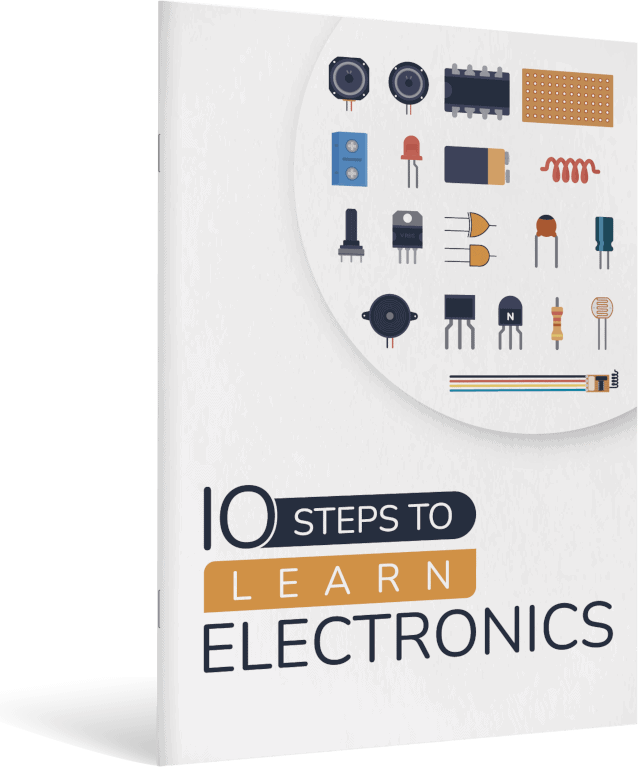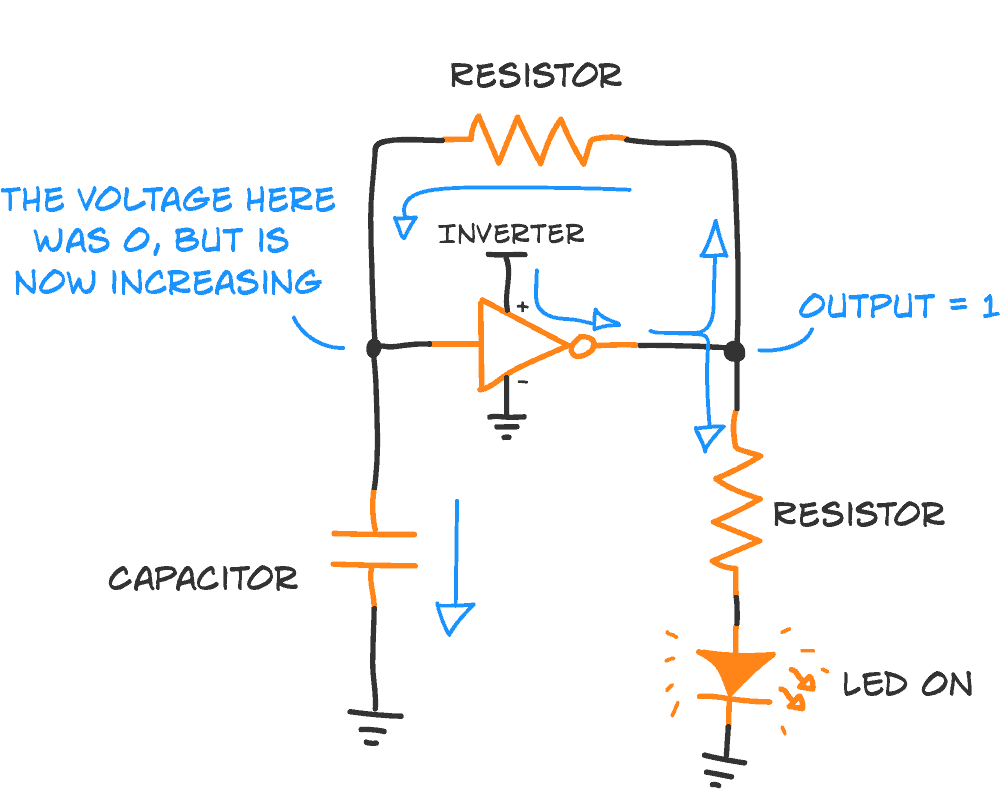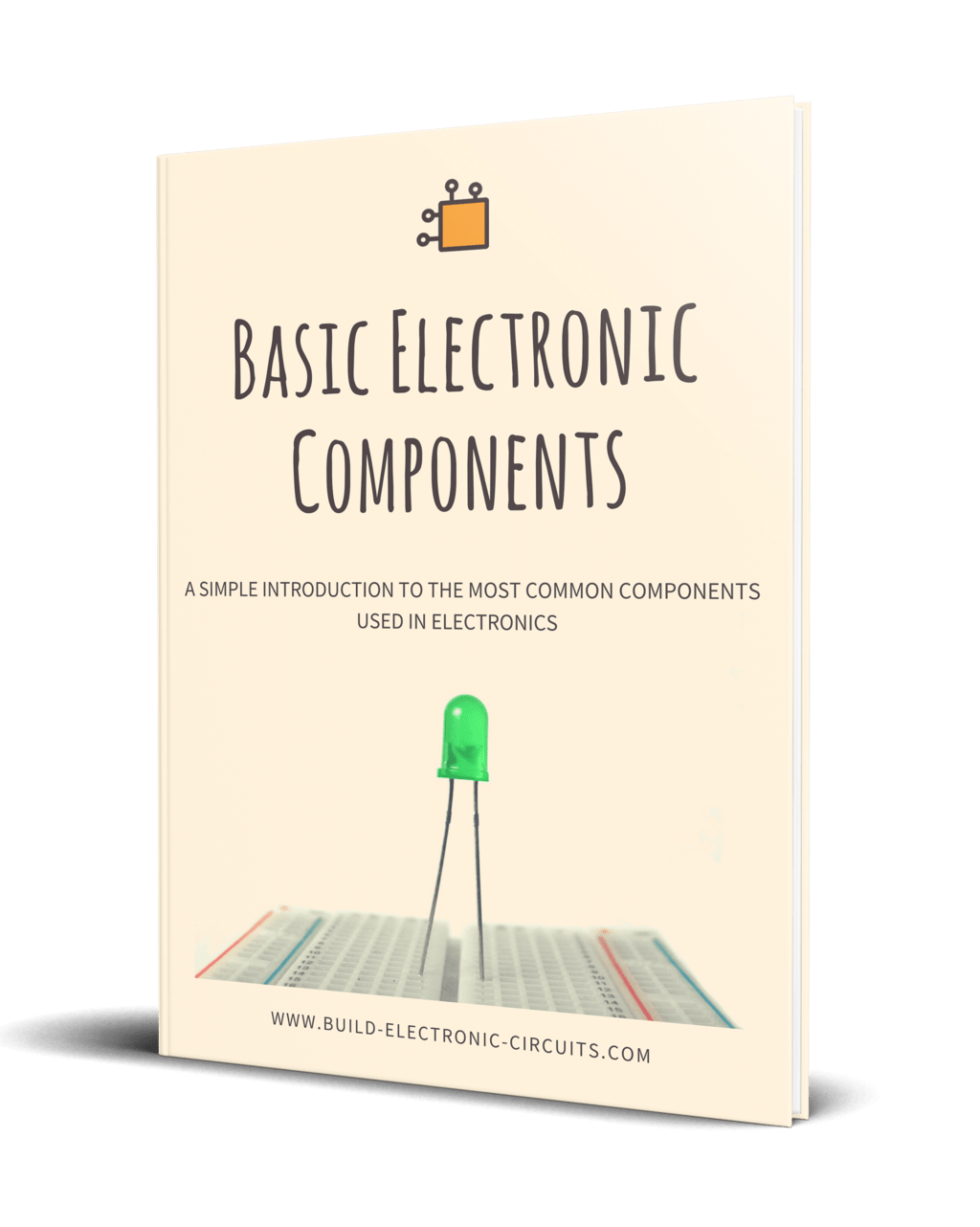Are you struggling to understand circuits and see how currents flow?
I wrote this based on an interaction I had with Gary.
And maybe it can help you.
I was developing some new material for a course.
And I used Gary as my test subject. He’s an adult British gentleman with no electronics background whatsoever.
He told me that if he could understand this, then anyone could.
We sent a lot of emails back and forth.
He had trouble understanding it. So he asked me:

10 Simple Steps to Learn Electronics
Electronics is easy when you know what to focus on and what to ignore. Learn what "the basics" really is and how to learn it fast.
“I’m looking at the circuit you sent, but I am struggling to see the loop from plus to minus – could you draw it out for me?”
So I started drawing.
And it became very complicated.
Arrows were pointing in all directions.
Loops with sub-loops.
And three new drawings for the other states when the loops had changed into a different loop.
I took a step back and looked at the drawings.
“This is not going to help him one bit!” I thought to myself.

Then it occurred to me – he’s looking for the wrong thing!
I never look for loops when I try to understand how a circuit works.
I look for voltages.
And to find how the current flows in a circuit, I use this rule:
Current always flows from a higher voltage to a lower voltage – if there is a path for the current to take.
With this rule, I don’t have to look at the current in the whole circuit to understand it.
I can look at a small part, figure out the voltages, then see how the current flows in that part of the circuit.
And if voltages between two points should change – which they sometimes do – then I can also see how that change affects my circuit.
That’s so much easier!
With practice, you get better and better at spotting higher and lower voltage points – and this way your circuit quickly makes sense.
If you’re ready to start building and understanding electronics from scratch – an Ohmify membership might just be for you.
You’ll get access to a library of courses and projects that will teach you electronics and have you build robots, kitchen timers, music players, and more.
Learn more here:
More Basic Electronics Tutorials

Get Our Basic Electronic Components Guide
Learn how the basic electronic components work so that circuit diagrams will start making sense to you.
